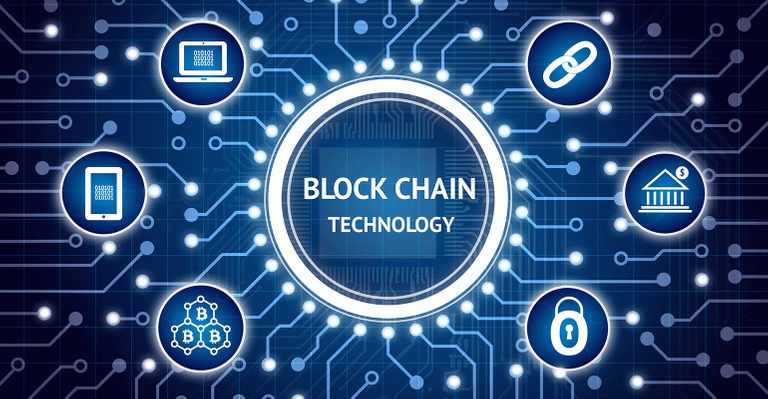
We take an example from Alice and Bob to see to what extent this differs. In this example, Alice gives a 5 euro bill to Bob. It is immediately clear that this 5-euro note is no longer in the possession of Alice, but of Bob, because the note has physically changed ownership. This is different for digital transactions. Something or someone must keep track that Alice indeed transferred 5 euros to Bob. It is actually nothing more than numbers that are adjusted and updated. Currently, all banks do this for us. If Alice has a payment account with the ING and transfers 5 euros to Bob, then ING will ensure that Alice's figure goes down by 5 and Bob's number is increased by 5. This keeps ING all in their ledger (in the crypto world this is also called 'ledger'). A ledger is "the registration in debit and credit entries from all diaries in order of category and within that category in order of time." Or simply: a huge accounting work that keeps track of all transactions that have ever been done (at the relevant authority).
If we transfer 5 euros to someone, this seems like a very simple transaction. However, the average bank does billions (!) Of transactions per year and therefore has to keep it in its general ledger. Much of this is done automatically, but only at Fin Cash, more than 12,000 employees are needed to manage all this in the right direction. In addition, there are additional costs for renting buildings, maintaining relationships, marketing, et cetera. In total this cost ING EUR 12.5 billion in 2016. The bank achieved a turnover of almost 17.5 billion euros with a net profit of 5 billion.
This profit comes from the pockets of customers and companies. As a consumer, for example, we pay to have an account with the bank, while companies also have costs such as a small amount per transaction that they do or are made with them. In this case, we are only talking about the Dutch version of the ING, but there are many thousands of other banks around the world, some of which make profits that the ING has her finger on. In the second quarter of 2017, for example, the largest American banks made a joint profit of 115 billion euros (!). Why do I tell these figures? Because all these costs will soon be superfluous thanks to blockchain technology.
Blockchain technology
"Blockchain technology provides a way for people or authorities who do not trust each other to agree on a common digital history. A common digital history is important because digital currency and transactions are in theory easy to copy. Blockchain technology solves this problem without the need for a trusted intermediary or agency. "
Perhaps too abstract if you get this at once in your choice. Let's go back to the example of Alice who wants to transfer 5 euros to Bob. Now all that is kept by the banks, because it would become chaos if we all had to do this and who will check that Alice does not secretly give the same 5 euros to someone else? It took years before a better solution for this than those expensive banks, but blockchain technology has finally come. The blockchain ensures that the 5 euro transaction is automatically added to a worldwide ledger in which all transactions are kept. Subsequently, it is also checked whether this transaction is valid. There is no need for an intermediary (like a bank) that keeps track of all this, this is all done automatically by the blockchain and the computers that keep it running (miners). But how does this work exactly?